Confined Space Equipment: A Comprehensive Guide
Confined space equipment refers to any tool, system, or device designed to protect, assist, or rescue workers operating within a confined space. This includes basic tools like signs, radios, and helmets, as well as more advanced systems such as gas detectors, manhole pumps, and retrieval gear. These tools are essential for ensuring the safety and efficiency of workers in hazardous environments.
In essence, any equipment that enhances worker safety or supports operations in a confined space can be considered confined space equipment.
Confined space equipment is widely used across various industries, including oil and gas, mining, power generation, wastewater management, maritime, construction, and more. In this guide, we’ll explore what constitutes a confined space, discuss the dangers associated with it, and examine the different types of equipment used globally to ensure safe operations.
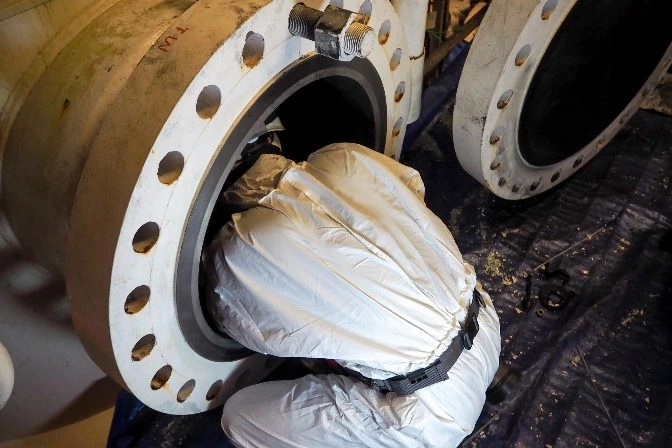
What Is a Confined Space?
A confined space is typically defined as an enclosed area that is not specifically designed for continuous human occupancy but is large enough for a person to enter and perform work. Common examples include air ducts, manholes, tanks, tunnels, pipelines, silos, and storage containers.
According to OSHA, a space must meet three key criteria to be classified as a confined space:
- It has limited entry and exit points.
- It is not intended for regular human occupancy.
- It is large enough for a person to enter and work inside.
Many spaces may satisfy one or two of these conditions, but only those meeting all three are officially considered confined spaces. Understanding this definition is crucial for identifying and managing potential hazards in the workplace.
[For a deeper understanding of industrial work in enclosed areas and how to identify and manage confined spaces, check out this helpful guide from Flyability.]
Dangers of Confined Space Entry
Working in confined spaces poses a wide range of risks, from atmospheric hazards to physical dangers. Confined space equipment plays a critical role in mitigating these risks and ensuring worker safety. Below are some of the most common hazards found in confined spaces:
- Atmospheric Hazards: Oxygen-deficient or oxygen-rich environments, toxic gases, and harmful fumes.
- Chemical & Biological Exposure: Dangerous bacteria or chemicals that can cause harm through contact, inhalation, or ingestion.
- Engulfment: Risk of being buried or suffocated by liquids or loose materials.
- Fire Hazards: Flammable gases or dust that could lead to explosions or fires.
- Mechanical & Physical Hazards: Noise, heat, radiation, electrical risks, falling objects, and poor lighting.
- Rescue Hazards: Rescue operations in confined spaces can be extremely dangerous, with up to 60% of fatalities occurring among rescuers.
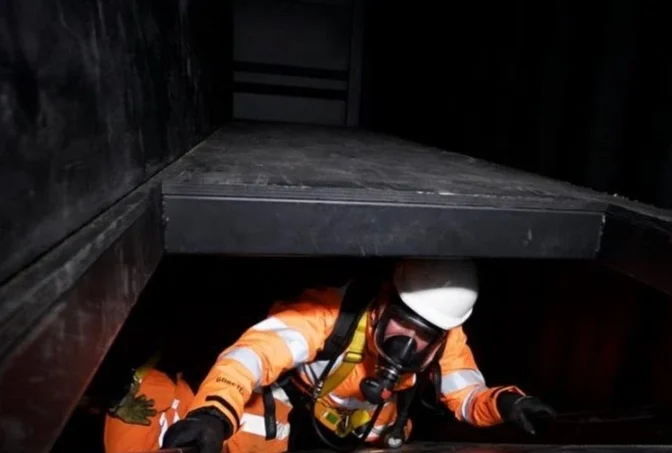
Requirements for Confined Space Entry
Confined space equipment is essential for addressing the hazards outlined above. It must provide protection, facilitate safe access, and meet industry standards. Key requirements include:
- Protecting entry and exit points.
- Preventing unauthorized access.
- Providing adequate ventilation.
- Ensuring safe entry and exit procedures.
- Meeting ANSI standards for safety equipment.
Before entering a confined space, a “confined space permit†is often required to verify that the environment is safe and that all necessary precautions have been taken. OSHA defines a “permit-required confined space†as one that contains additional hazards such as atmospheric, chemical, or physical dangers.
Permit-Required vs. Non-Permit Confined Spaces
Some confined spaces do not require a permit if they lack significant hazards. Examples include crawl spaces, drop ceilings, and ventilated tunnels. However, even non-permit spaces should be assessed for potential risks before entry.
Types of Confined Space Equipment
Now that we understand what confined spaces are and the dangers they pose, let’s look at the various types of equipment used to keep workers safe and efficient:
Communication Equipment
Effective communication between workers inside and outside a confined space is vital. Tools like radios, headsets, and talk boxes help maintain contact, especially in challenging environments.
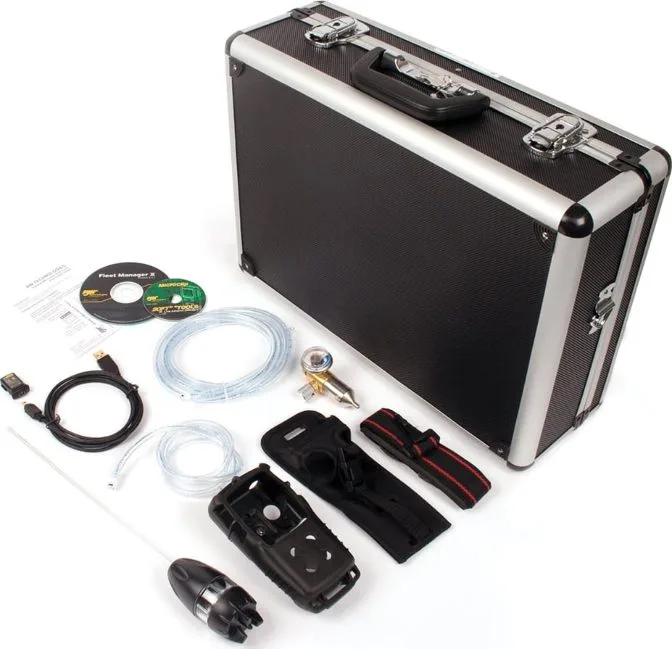 Source: TEquipment
Source: TEquipment
Descent, Rescue, and Retrieval Systems
These systems allow workers to safely enter and exit confined spaces and are also used in emergency situations. Equipment includes fall arresters, harnesses, hoists, tripods, and pulleys.
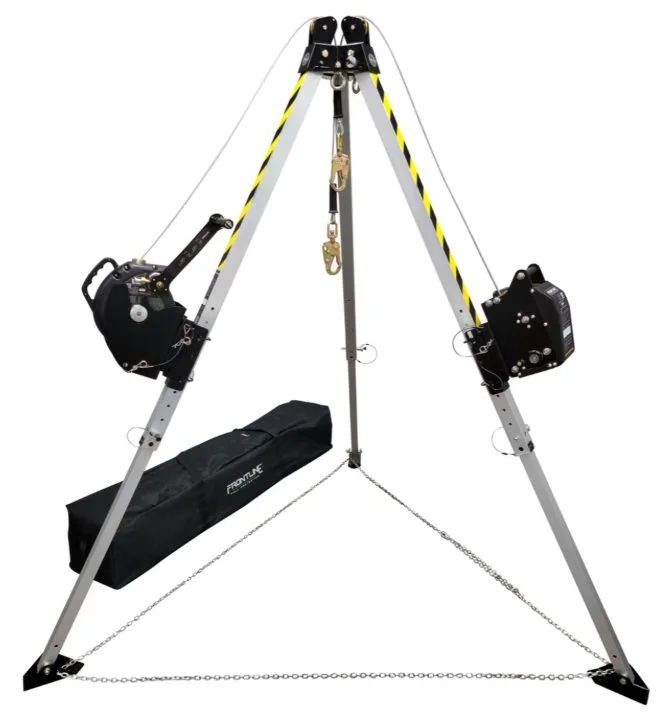 Source: ISP
Source: ISP
Medical Equipment
Emergency medical kits, breathing apparatuses, and stretchers are essential for responding to accidents or health emergencies within confined spaces.
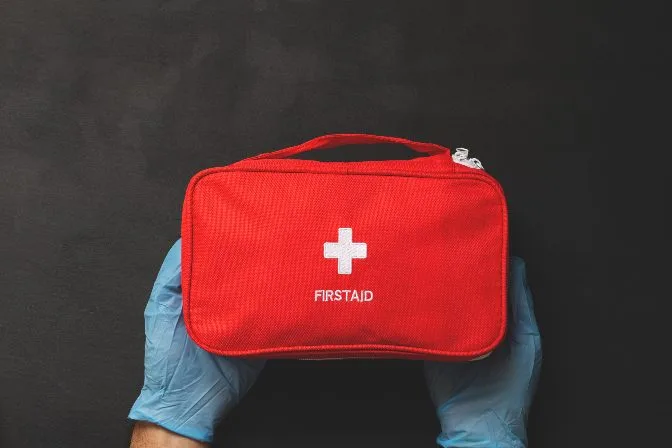
Meters and Monitors
Gas detectors and air quality monitors are critical for identifying hazardous atmospheres and ensuring a safe working environment.
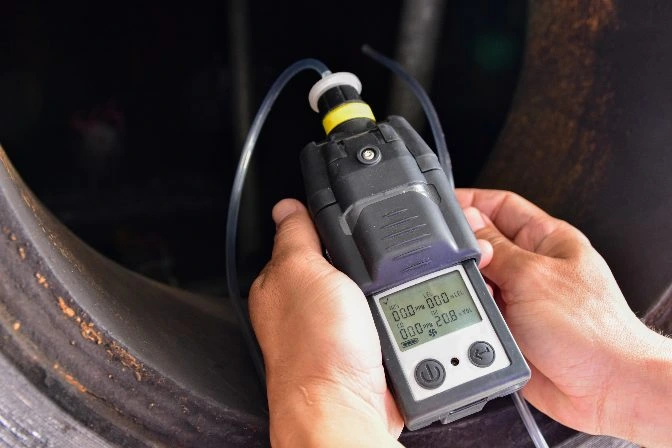
PPE (Personal Protective Equipment)
Appropriate PPE, such as hard hats, gloves, eye protection, and flashlights, is essential for protecting workers from physical and environmental hazards.
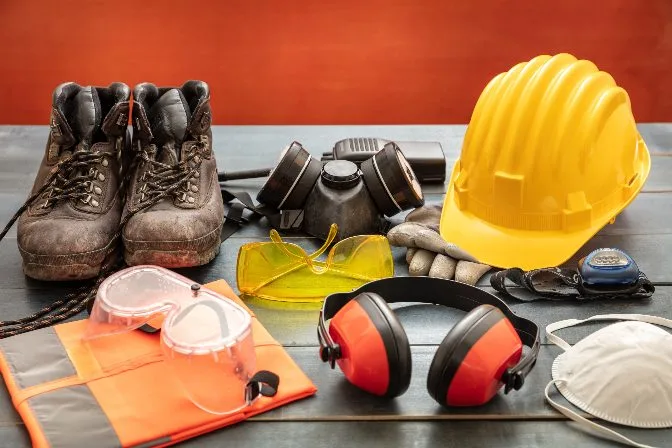
Signage and Permits
Clear signage and permits help communicate hazards and control access to confined spaces. Signs such as “Enter By Permit Only†are commonly used to enforce safety protocols.
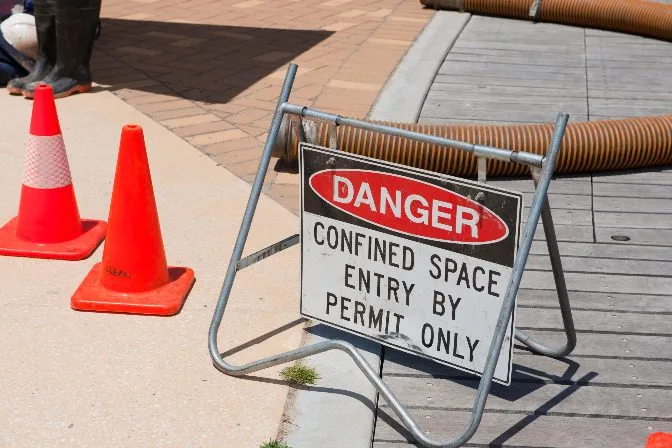
Ventilation Equipment
Ventilation tools like blowers, fans, and ducts help remove contaminants and improve air quality in confined spaces.
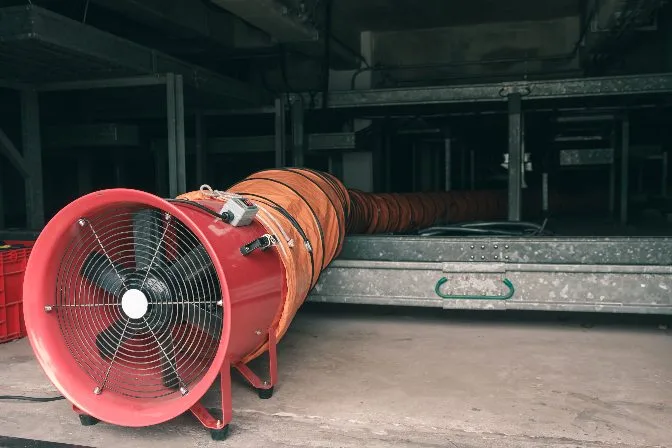
Data Collection and Inspection Tools
Robots, crawlers, and camera-on-a-stick devices are increasingly used for inspecting confined spaces without requiring human entry. These tools enhance safety and efficiency during maintenance and repair tasks.
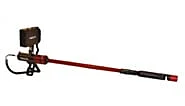
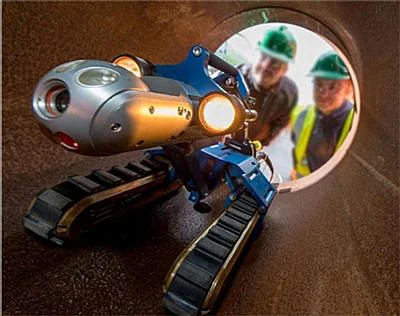
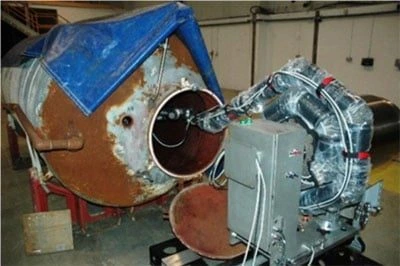
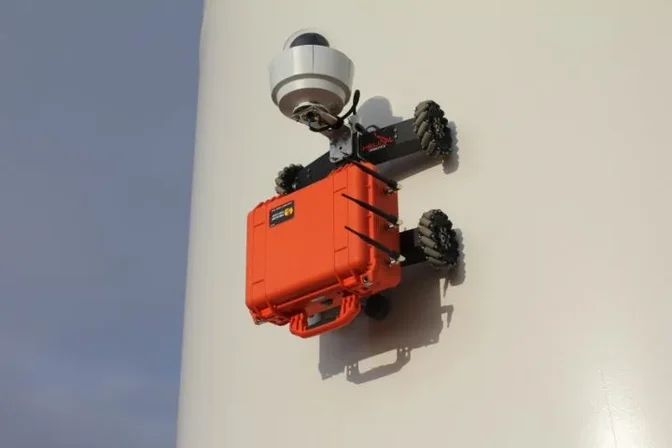
Drones as Confined Space Equipment
Drones, or uncrewed aerial vehicles (UAVs), are revolutionizing confined space operations. They can navigate tight spaces, collect data, and reduce the need for human entry into hazardous areas.
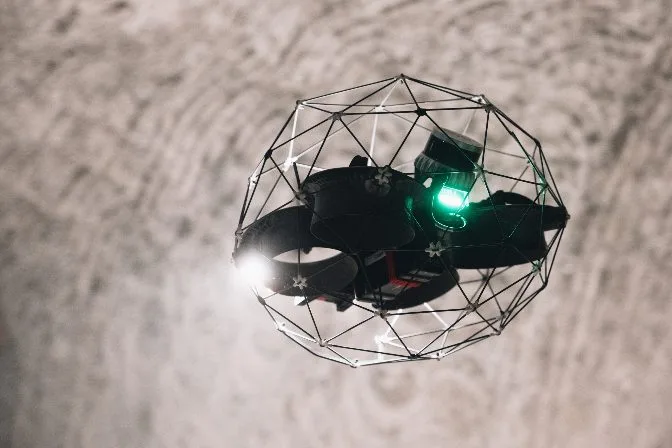 Elios 3 drone used for confined space inspections
Elios 3 drone used for confined space inspections
Drones eliminate many of the risks associated with human entry, making them a game-changer in confined space safety. For example, Flyability’s Elios drones have helped companies save time and money while improving safety in challenging environments.
As drone technology continues to evolve, it's likely to become the most important tool in the future of confined space equipment. While traditional tools will still play a role, the shift toward automation and remote operation is already underway.
New Products Of Glass Installation Robot
The Smart Glass Installation Robot is a state-of-the-art machine that combines movement, lifting, rotation, tilting, and vacuum grabbing capabilities for automatic installation. It is the perfect solution for installing glass windows, glass curtain walls, and other glass components on buildings such as airports, exhibition halls, hotels, museums, shopping malls, and more. With just one operator, it can complete all installation tasks, and all functions can be controlled remotely. The robotic arm can adjust the installation angle accurately, making it highly precise and efficient.
We offer several models of this robotic system with load capacities ranging from 300kg to a maximum of 1200kg. It can work both on the ground outside and inside elevators, reaching any floor. The vacuum lifter is powered by two high-capacity batteries, ensuring uninterrupted operation for up to 6-8 hours.
The Smart Glass Installation Robot can handle glass panels of various sizes, even curved glass, with different suction heads. It is designed for easy maneuvering and control, making it suitable for a wide range of installation tasks. Whether it's a small or large glass panel, the Smart Glass Installation Robot can handle it with ease, ensuring a professional installation every time.
Glass Setting Robot,smart glass installation,Easily Glass Installation
Guangdong Cowest Machinery Equipment Co.,ltd. , https://www.cowestmac.com